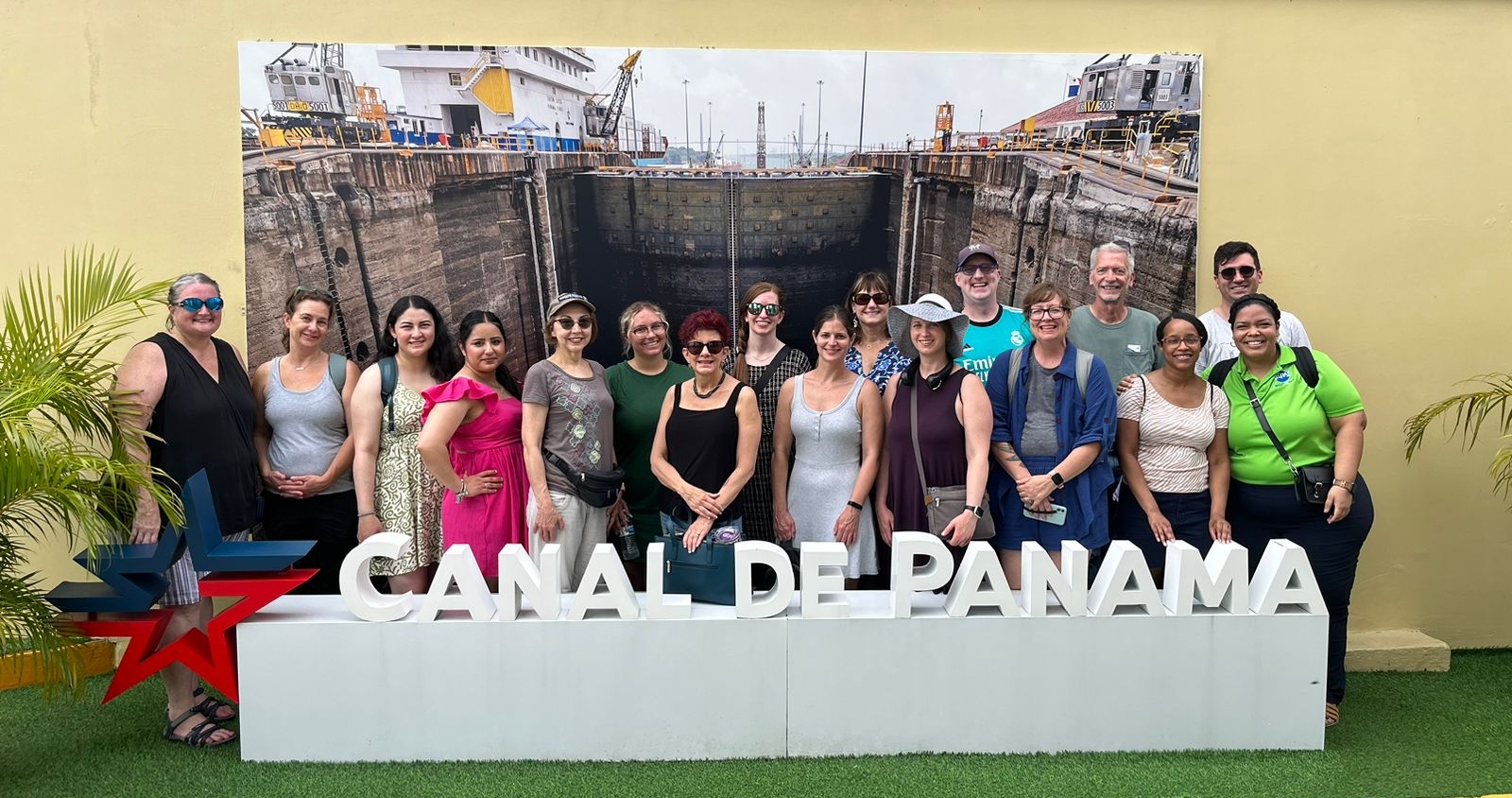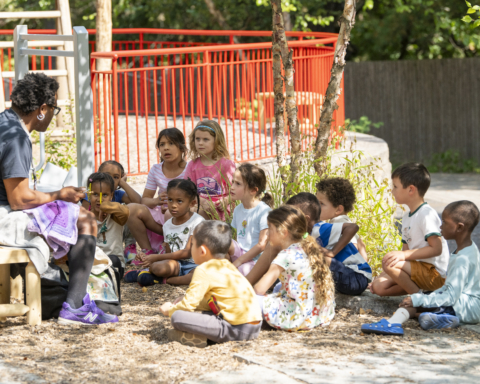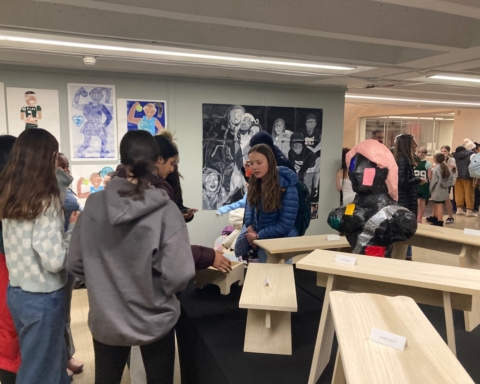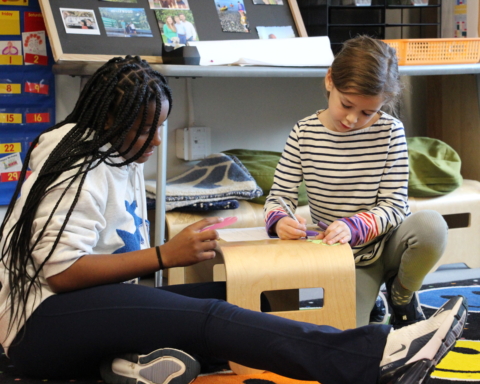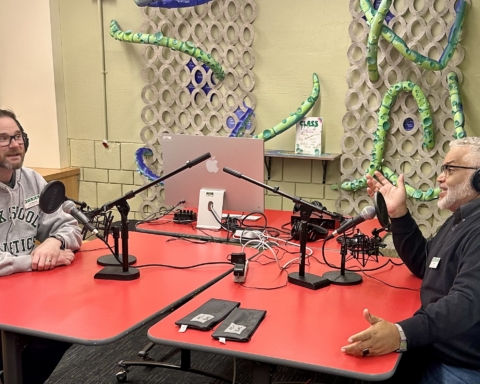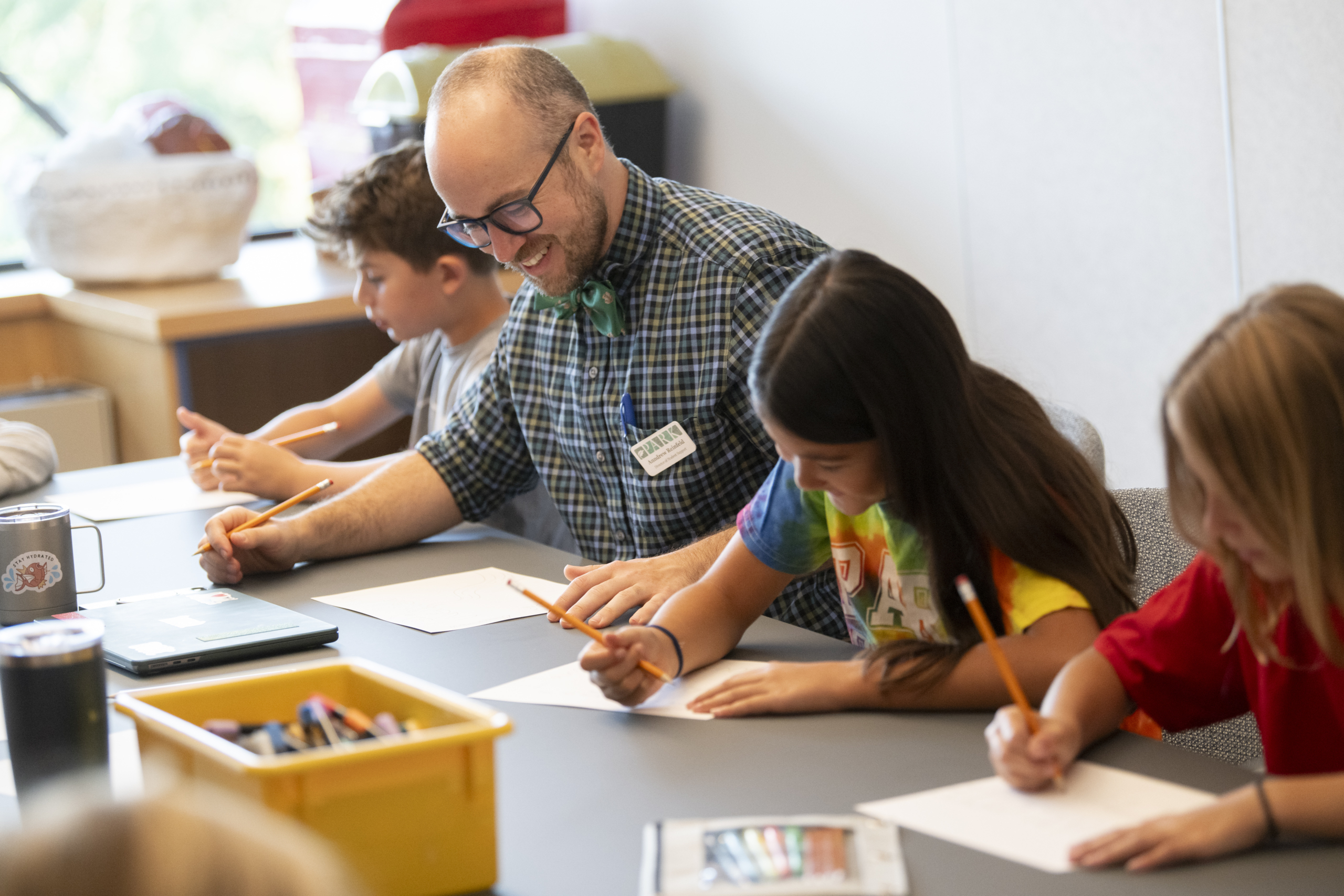Come springtime, teachers and students all start looking forward to the respite from school day routines, homework (and grading), and the freedom to pursue other interests that summer vacation provides. For some, summer means relaxation. For others, it means fun – on the beach, sports field, camp – or perhaps a summer job. And for educators like Park Spanish teacher Kathy Come, summer represents an opportunity to flex intellectual muscles in pursuit of lifelong learning – while also building greater resources that will benefit students.
Kathy spent a chunk of her summer as part of the 2024 Summer Seminars Abroad for Spanish Teachers cohort, an Ohio State program, now in its 32nd year, that brings language educators together in different Spanish-speaking countries. The program, which took place in Panama City this year, moves to a new Spanish-speaking location every two years, with locations ranging from Spain to Central and South America and the Caribbean.
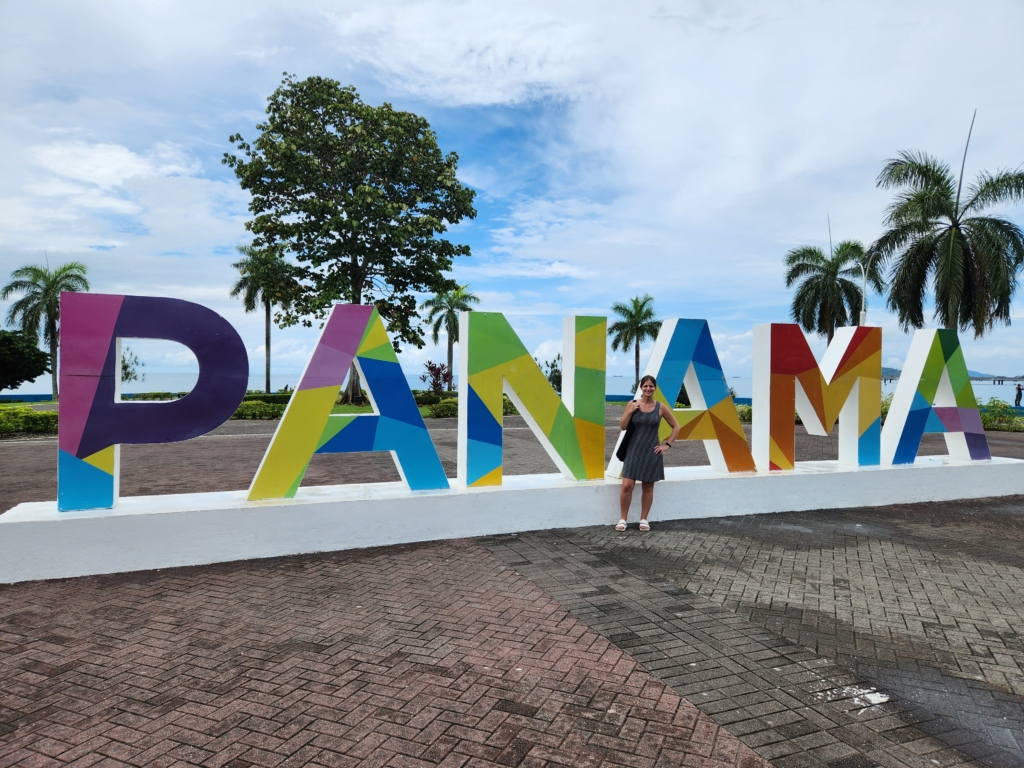
With just 14 participants who choose between two Hispanic linguistics course offerings, the study is intensive and demanding. Kathy’s course centered on how the Spanish language has evolved over time and across the globe beginning with its origins in Latin and right on through to the present and changes that are happening to this day.
For example, Kathy explains, many Latin words that begin with the letter “f” begin with an “h” in Spanish, while in many cases one Latin vowel evolved to a diphthong (when two vowels meet in one syllable) in Spanish. The course dug back through these evolutionary changes, looking at how, where, and when they occurred, and considering the influences that impacted the change – differences that resulted from how a given variation evolved from Latin.
The reasons for variation are as diverse as the cultures that speak each language. The grammatical structure of Latin American Spanish, for example, is in some ways closer to the medieval Spanish that was spoken by the original Spanish colonizers, while simultaneously showing the influence of indigenous languages native to the region. Even today, spoken language continues to evolve, such as the gradual phasing out of the simultaneous use of indirect object pronouns and indirect objects.
These discoveries also provide new appreciation for the vast array of cultures under the umbrella of Hispanic identity. Kathy notes, “The identity is so diverse, and includes so many people and places and backgrounds. They speak a common language, but the regional and dialectical variations all stem from such different cultural and historical backgrounds.” This understanding provides insight into and appreciation for the nuances that undergird culture.
Kathy also took away learning that bears directly on the language experience of Park Spanish students as they prepare to travel to Spain in Grade 8. “Our Grade 8 Spanish students visit southern Spain,” Kathy explains, ”where the impact of over seven centuries of Moorish rule is visible everywhere. Before traveling, we explore the Islamic influence on art, architecture, agriculture, and more, and we look specifically at the influence of the Arabic language on Spanish.” Her summer professional development will enrich what she can bring to our students as they prepare for their trips.
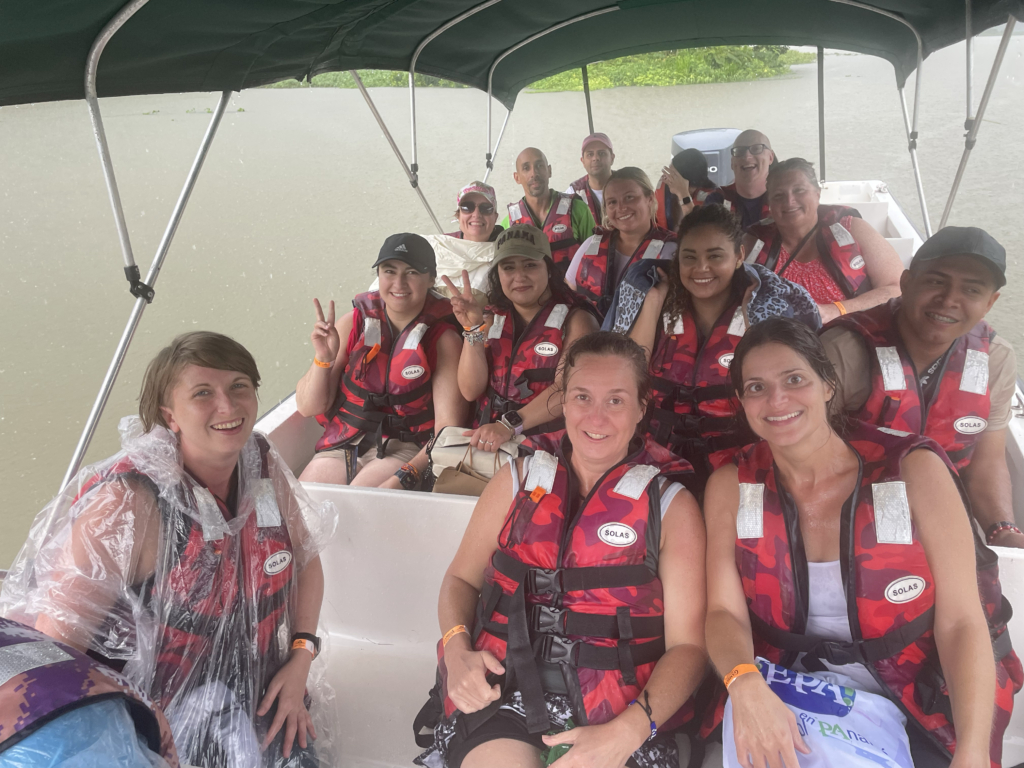
While she willingly signed on to a summer program with four hours of classes every day and plenty of homework, Kathy did also appreciate the many cultural opportunities afforded her – beginning with her homestay with a host mother and including a cooking class, dance class, visits with indigenous groups, learning about local wildlife, and touring historic and cultural sites. She appreciates the extraordinary warmth, kindness, and pride in sharing their history and culture that she received from the Panamanian people. “Everywhere we went, we met people who were so welcoming and excited to tell us about the country.”
In addition, the experience proved a useful reminder of what it feels like to be a student. “Getting a degree in something doesn’t mean you’re set for life as a teacher,” Kathy says. “You have to be continuously educating yourself and modeling that for students.” In addition to modeling lifelong learning, she says “it’s important to put ourselves in the same position as our students and remember how that feels.” As a teacher, “you can lose sight of what it actually feels like to be a student, to feel overwhelmed by something, or to not understand something and wonder, ‘Am I the only one feeling this way?’ Or, what it feels like to be nervous getting ready for a quiz or test or project.” That doesn’t necessarily mean she will give less homework, she laughs, “but it’s a good reminder that even if something like a quiz seems like a small thing to a teacher, it can land differently for students,” creating a renewed sense of empathy for what students experience.
When it comes to Park’s Grade 8 travel program, Kathy notes, “My 8th graders will be going to a country most of them have never been to before, and they will be putting themselves in a brand new place. This was my experience in the summer, having never been to Panama. So much of it was new, and a bit scary in advance, and I can relate to our students who are nervous about immersing themselves in a new place. I can talk to them from the ‘I’ perspective and say ‘I felt the same way, and here’s what was helpful for me.’ I can also say ‘it’s scary, but it’s going to be so worth it. It’s rewarding when you push yourself through.”
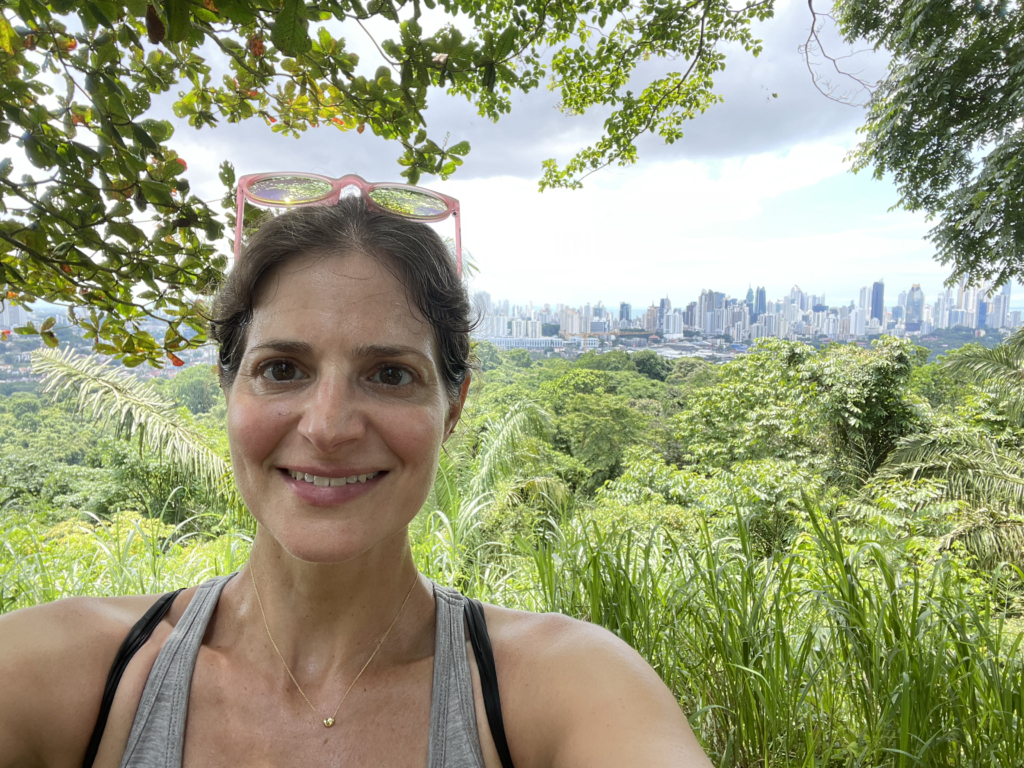
Kathy has always loved to travel, and prefers to travel to places where Spanish is spoken. “I get to know the place better if I speak the target language,” she says. “You can never fully immerse yourself unless you speak the language of the place you are visiting.” This is true, she says, even when you’re just traveling for fun. “You can assimilate more and the experience is more meaningful when you know the language.” Further, she continues, “so much of language reflects on the values of a culture.” It’s significant, she notes, when a given culture has numerous ways of expressing an idea such as “love,” or when there is no word for “alone” because a culture is so collaborative that people are rarely on their own. These are the nuances of culture and identity that are only accessible through a deeper connection with the language.
This, too, is a lesson she hopes to impart to her Spanish students, and to all of Park’s language students: they’re not just learning vocabulary, grammar, and conjugations. They are building the tools to become thoughtful world citizens.

